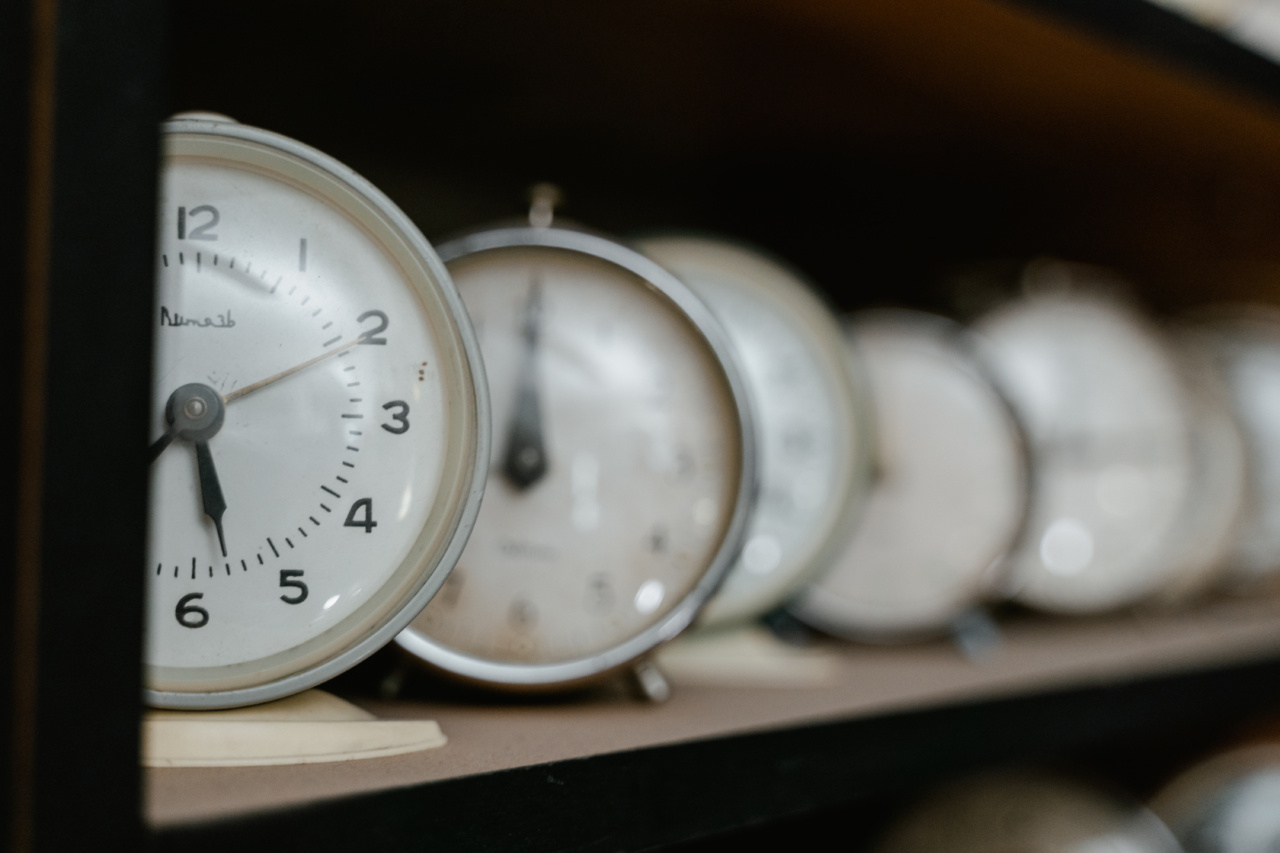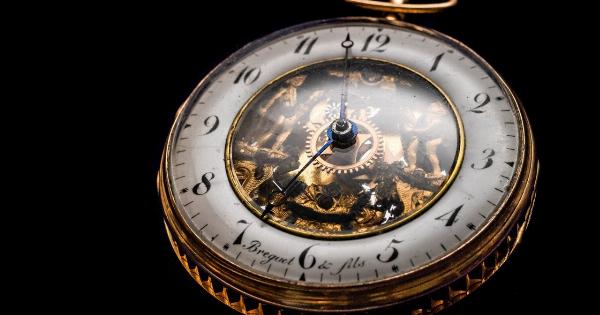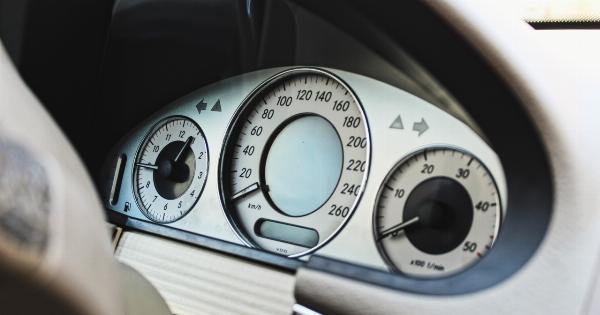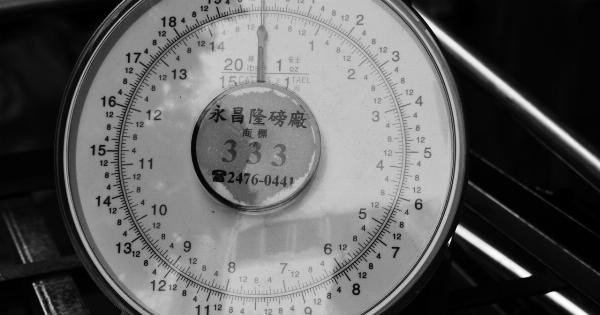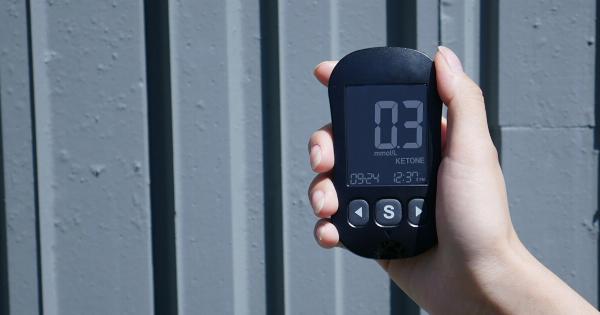Cardiovascular examination is a crucial part of a comprehensive physical assessment that allows healthcare professionals to assess the health of a patient’s cardiovascular system.
It involves a systematic assessment of various aspects such as the heart, blood vessels, and peripheral circulation. One essential component of cardiovascular examination is the use of five timepiece displays, which aids in detecting abnormalities and diagnosing cardiovascular diseases.
In this article, we will explore the significance of these five timepiece displays in cardiovascular examination.
1. Palpation of Radial Pulse
The first timepiece display involves the palpation of the radial pulse. The radial artery, located in the wrist, provides important information about the heart’s rate and rhythm.
By palpating the radial pulse, healthcare professionals can assess the pulse rate, regularity, and amplitude. A regular rhythm indicates a normal cardiac function, while an irregular rhythm can potentially signify arrhythmias or other cardiac abnormalities.
2. Auscultation of the Heart
Auscultation is a vital component of cardiovascular examination that involves listening to the sounds produced by the heart using a stethoscope. The second timepiece display focuses on the auscultation of the heart.
It allows healthcare professionals to assess the heart’s rhythm, presence of murmurs, and other abnormal sounds such as gallops or extra heart sounds. The different areas where the stethoscope is placed – aortic, pulmonic, tricuspid, and mitral – provide valuable information about the state of the heart’s valves and chambers.
3. Blood Pressure Measurement
The third timepiece display involves measuring blood pressure, which is a critical component of cardiovascular assessment. Blood pressure provides information about the force exerted by the blood against the arterial walls.
It is measured using a sphygmomanometer and is recorded as two numbers – systolic (higher value) and diastolic (lower value). Abnormal blood pressure readings can indicate hypertension (high blood pressure) or hypotension (low blood pressure), both of which can have significant implications for cardiovascular health.
4. Capillary Refill Time
Capillary refill time is an essential indicator of peripheral circulation and tissue perfusion.
It is assessed by applying pressure to a fingernail bed, causing blanching, and then releasing the pressure to observe the time it takes for the normal color to return. The fourth timepiece display focuses on capillary refill time, where a slow refill time (>2 seconds) may indicate poor peripheral circulation and potential cardiovascular issues.
It can help identify conditions such as peripheral artery disease, shock, or hypovolemia.
5. Jugular Venous Pressure
The fifth and final timepiece display involves the assessment of jugular venous pressure (JVP). This technique allows healthcare professionals to evaluate the volume status and right-sided heart function.
By observing the level of jugular venous distention in relation to the sternal angle, healthcare professionals can assess the pressure in the right atrium. Elevated JVP can be indicative of conditions such as right-sided heart failure, pulmonary hypertension, or cardiac tamponade.
Conclusion
Cardiovascular examination plays a crucial role in detecting cardiovascular diseases and assessing the overall health of the cardiovascular system.
The use of five timepiece displays – palpation of radial pulse, auscultation of the heart, blood pressure measurement, capillary refill time, and jugular venous pressure assessment – adds significant value to the examination. These displays help healthcare professionals identify abnormalities, diagnose cardiovascular conditions, and potentially prevent serious complications.
By paying attention to these five timepiece displays, healthcare professionals can provide timely interventions and improve patient outcomes.
